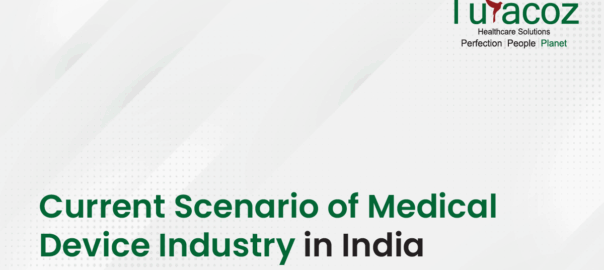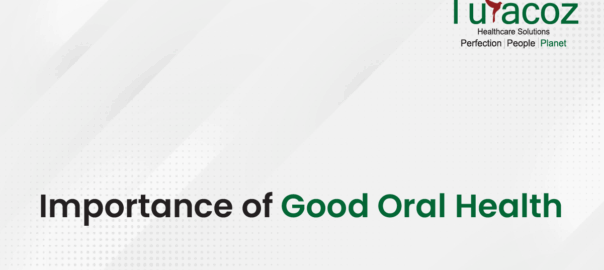The Indian healthcare industry is on a high growth trajectory and undergoing transformation across the continuum since the last decade. Technology is redefining the possibilities in healthcare delivery and expanding global industry leadership of the healthcare sector while seeking elusive solutions for addressing India’s needs. With the recent approval of National Health Policy 2017 by the Government of India, healthcare expenditure intends to increase to 2.5% of gross domestic product (GDP)and India embarks on a planned approach to bridge the healthcare divide while maintaining industry competitiveness.
Medical device industry is rapidly moving into an era of growth driven by unmet clinical needs and greater focus on domestic manufacturing. Indian medical devices market is the 4th largest in Asia and in the list of top 20 in the world.1 The medical device sector represents 9% of the overall Indian healthcare industry. It was estimated at the value of USD 4 billion in 2014 and is growing at a compounded annual growth rate (CAGR) of 16% over the period of five years.2
Key Driving Factors of the Medical Device Industry
In current scenario, there is an immense need to use medical devices effectively to address the huge gap between demand and supply of healthcare services in India. The medical devices sector in India is at a nascent stage with most of the indigenous manufacturing restricted to medical consumables. In true sense, imports still constitute over 75% of the current medical devices market. India is looking forward to improving self-sufficiency in medical devices as a part of the “Make in India” initiative.
The rapidly expanding sector presents immense opportunities to local manufacturers and startups as well global players. There is a big shift in health burden from communicable to non-communicable diseases, which in turn is driving key medical devices segment. There is a huge demand for both cutting‑edge precision technologies as well as affordable low technology. The Indian medical device innovation ecosystem is fast evolving with academic research, venture capital firms, government funding, and promising startups which are developing products specifically for the Indian market. Innovation is a transforming force across the industry to propel growth, improving value, creating sustainable business opportunities, and expanding “Make in India” drive.
Although there is robust growth across segments, new challenges abound which need attention from both policymakers and industry to sustain the momentum across segments.Major hurdles that slow the growth pace of the medical device industry arethat of price control and uncertainty about the effect of new Medical Device Rules, 2017 which will be applicable from 1st Jan 2018.Despite the above challenges, medical device represents the segment where greater change and growth is expected in coming future.
Turacoz Healthcare Solutions, as a knowledge partner of the medical device companies are well equipped to raise up to the occasion and support the industry with a wide range of service spectrum. Our regulatory experts can give consultancy services for global regulatory strategies development and medical device approval and registration, and provide support for Indian market with registration and approval in India (Form 41), manufacturing license (Form 28), import license (Form 10), CE Marking / European MDD Compliance, and FDA 510(k) Notifications / PMA Submissions.
Feel free to reach out at [email protected] for any query or RFI/RFP related to medical devices.
1IBEF Healthcare Report 2017
2FICCI and Quintiles IMS reports




